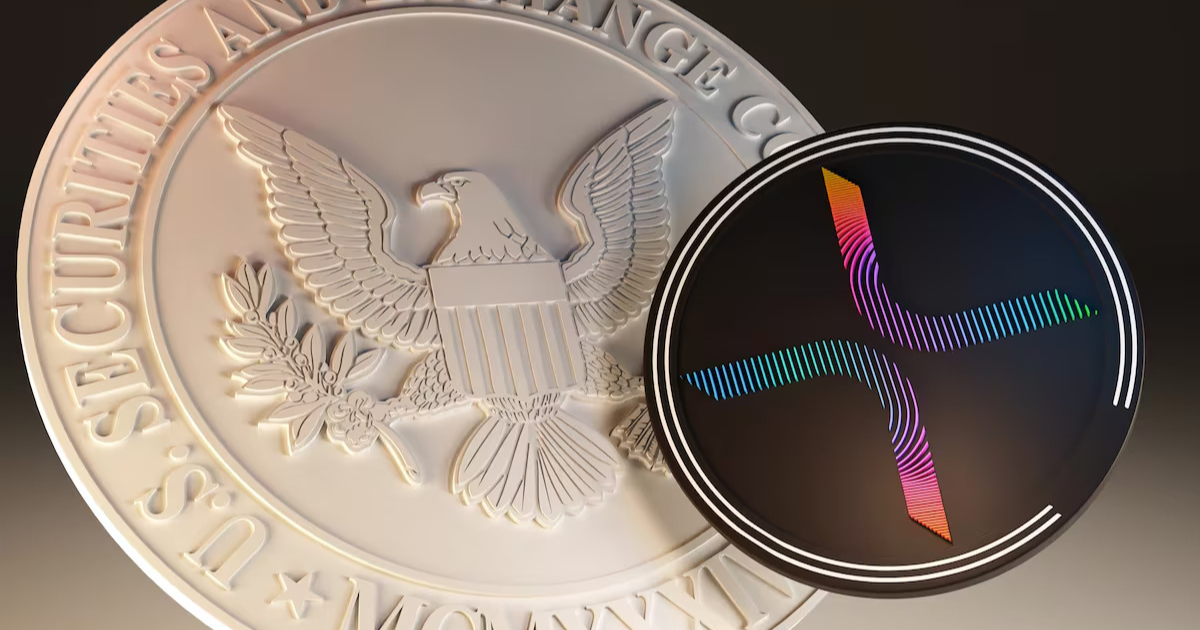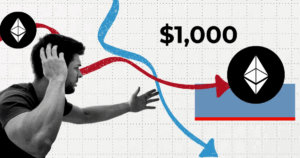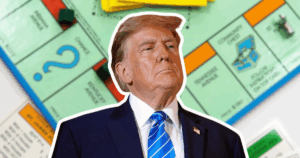One of the biggest cryptocurrency market discussions has been XRP ETF approval. This leads to looming deadlines for multiple applications pouring in the U.S. Securities and Exchange Commission (SEC).
The confirmation of Paul Atkins for incoming SEC chair is a positive signal for the cryptocurrency industry. The regulatory decisions before that could change the market dynamics.
Key-Takeaways:
- The filing has already proven strong on altcoin ETF filing grounds, especially as regards strong liquidity, U.S. volume, and growing institutional interest.
- Cautious options market sentiment, though, and a new chair is a key SEC deadline that enhances the chances.
XRP is Leading the Alternative Cryptocurrencies in ETF Filing Numbers
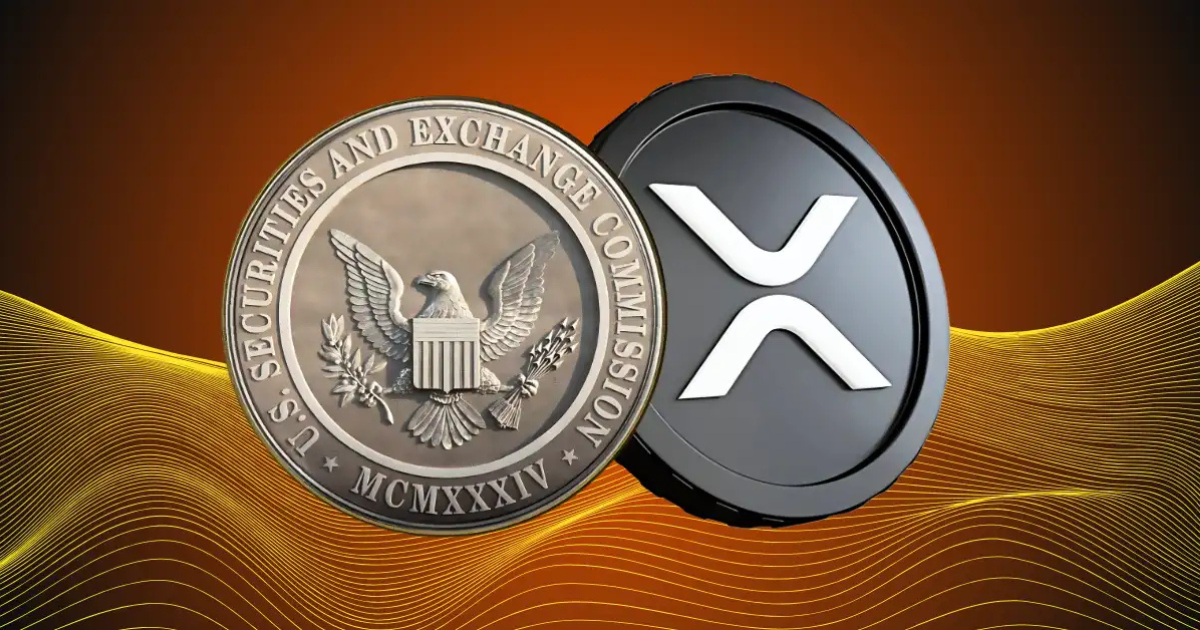 Currently, XRP leads all alternative cryptocurrencies with 10 ETF filings, positioning it as the frontrunner in the altcoin ETF approval race. Five ETF issuers follow with filings for Solana (SOL), and it is in second place.
Currently, XRP leads all alternative cryptocurrencies with 10 ETF filings, positioning it as the frontrunner in the altcoin ETF approval race. Five ETF issuers follow with filings for Solana (SOL), and it is in second place.
The high interest from asset managers in the launch of an ETF based on XRP is reflects market confidence in potential regulatory approval.
Following Bitcoin’s breakthrough ETF approval, the pathway for other cryptocurrency ETFs has become more viable because Grayscale successfully demonstrated the link between spot and futures market correlation in its legal argument. The lack of an active futures market for XRP leads to subject to different regulatory considerations during its ETF review process.
A key upcoming deadline is May 22, 2025, by which date the SEC should reply to Grayscale’s XRP spot primary filing. This timeline puts pressure on regulators to decide matters that could set a precedent for other types of Bitcoin and Ethereum ETF approval.
XRP’s growing liquidity has become a central factor in the ETF approval assessment process. Both XRP and SOL have the highest average 1% market depth among exchanges vetted by Kaiko Indices, followed by Cardano’s (ADA), which ranks third.
XRP’s market depth has grown significantly, rising past Solana and doubling that of Cardano. It is a significant shift in the crypto world and a rise in liquidity.
This brings XRP a step closer towards getting ETF approval. The SEC has historically emphasized in the evaluation of structured products is robust spot market liquidity.
Teucrium recently launched a 2x XRP ETF, further strengthening the case for approving an XRP-based spot ETF. It is an indication of escalating institutional interest and trust in XRP-based financial products.
The leveraged ETF depends on returns from European ETPs and swap agreements and aims to deliver 2x daily return on XRP, making it harder to argue that a spot ETF would pose greater risks to investors.
Growth in Domestic Trading Volume Increases XRP’s Pathway to Approval of an ETF
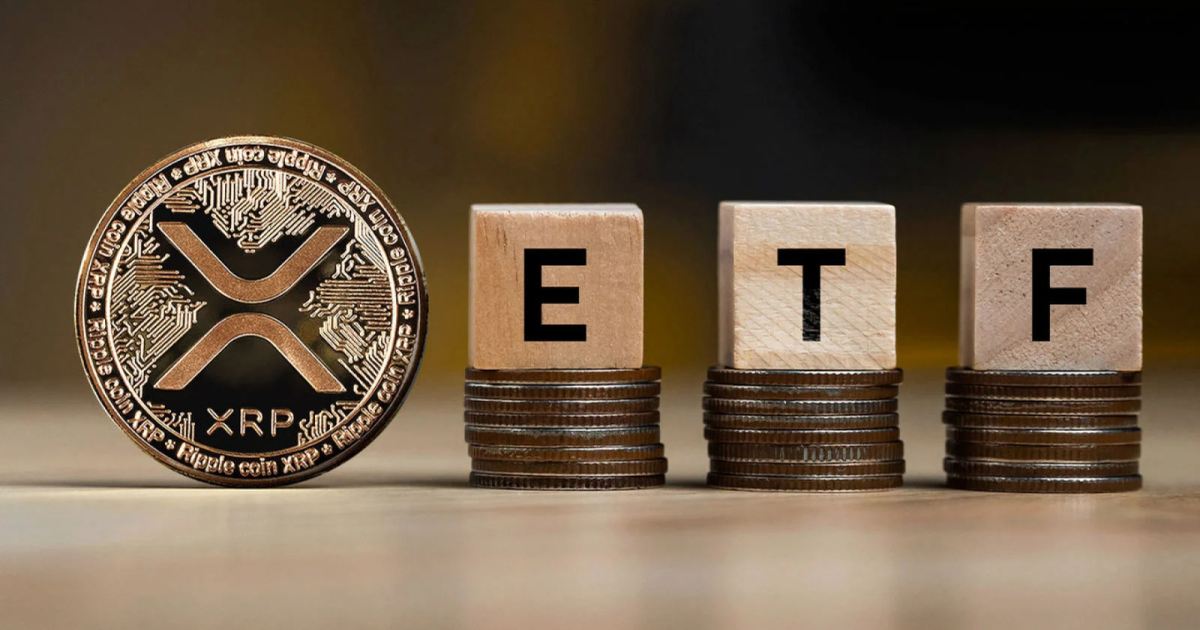 However, XRP’s share of spot trading volume on U.S. exchanges has risen to its highest level since before the SEC’s 2021 lawsuit led to widespread delistings. This marks a strong recovery in U.S.-based trading activity.
However, XRP’s share of spot trading volume on U.S. exchanges has risen to its highest level since before the SEC’s 2021 lawsuit led to widespread delistings. This marks a strong recovery in U.S.-based trading activity.
Another key factor supporting approval is improved representation on U.S.-regulated exchanges to the U.S. market, which is the improvement in U.S. market representation. One of the SEC’s criteria for ETF approval is a healthy presence on regulated exchanges.
In contrast, Solana has seen its US share of the market steadily decrease to where it stands today at 16%, down from the 25-30% Solana maintained for so much of 2022. The fact that XRP continues to have a divergent trend in domestic trading volume further strengthens XRP’s position in the ETF approval race.
Regulators were initially concerned by XRP’s heavily offshore trading volume. Past ETF considerations had a key issue centered around this imbalance.
At the same time, the increasing domestic participation signals a maturing market, now embraced by regulated U.S. platforms. This helps to cement XRP’s chances of ETF approval.
While market structure developments have been positive in their support of approval, Deribit’s options market continues to reflect bearish sentiment toward XRP. Traders continue to price in potential downside risks.
Demand for downside protection is skewed for recent expirations. It likely reflects broader macroeconomic uncertainty rather than doubt over XRP’s ETF prospects of approval, but more likely a broader narrative of macroeconomic uncertainty.
Conclusion
The approval of cryptocurrency ETFs represents the next wave of market maturation and institutional adoption for Bitcoin, as XRP could be first in the line of regulated products based on their successful integration into the traditional financial frameworks.





